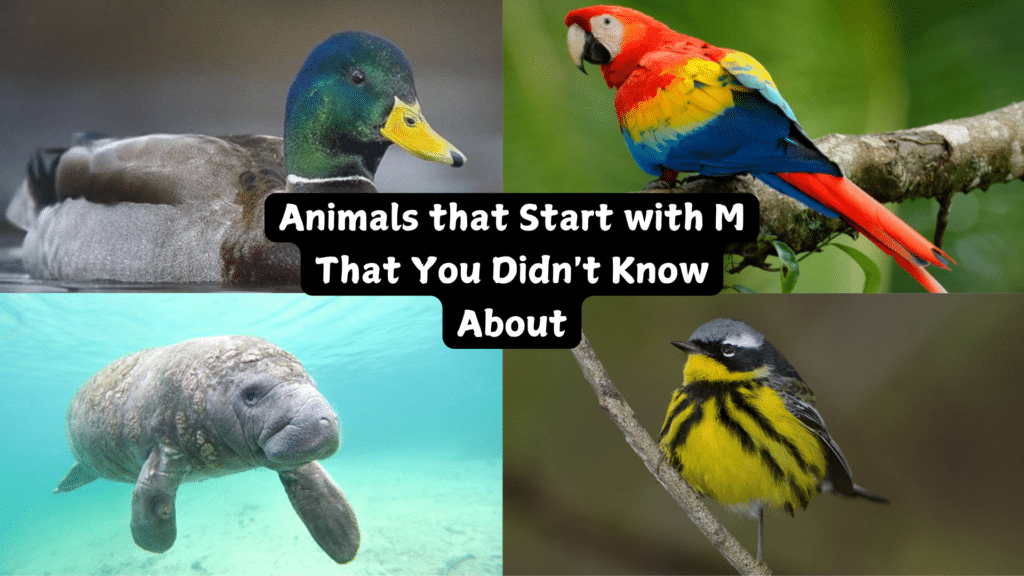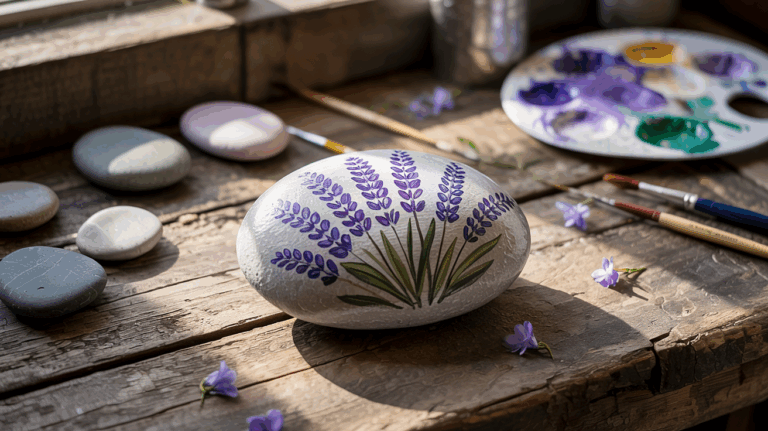Did you know there’s a marsupial that looks like a mouse crossed with a supersized hamster?
From tiny mountain-dwelling mammals to mysterious deep-sea dwellers, get introduced you to some mind-blowing creatures that have been flying under the radar.
If you’re tired of hearing about the same old monkeys and moose, you’re in for a treat.
By the end of this blog, you’ll have some seriously cool animal facts to share at your next dinner party, guaranteed to make even your wildlife-savvy friends say “No way!”
Magnificent Animals that Start with M
1. Macaque
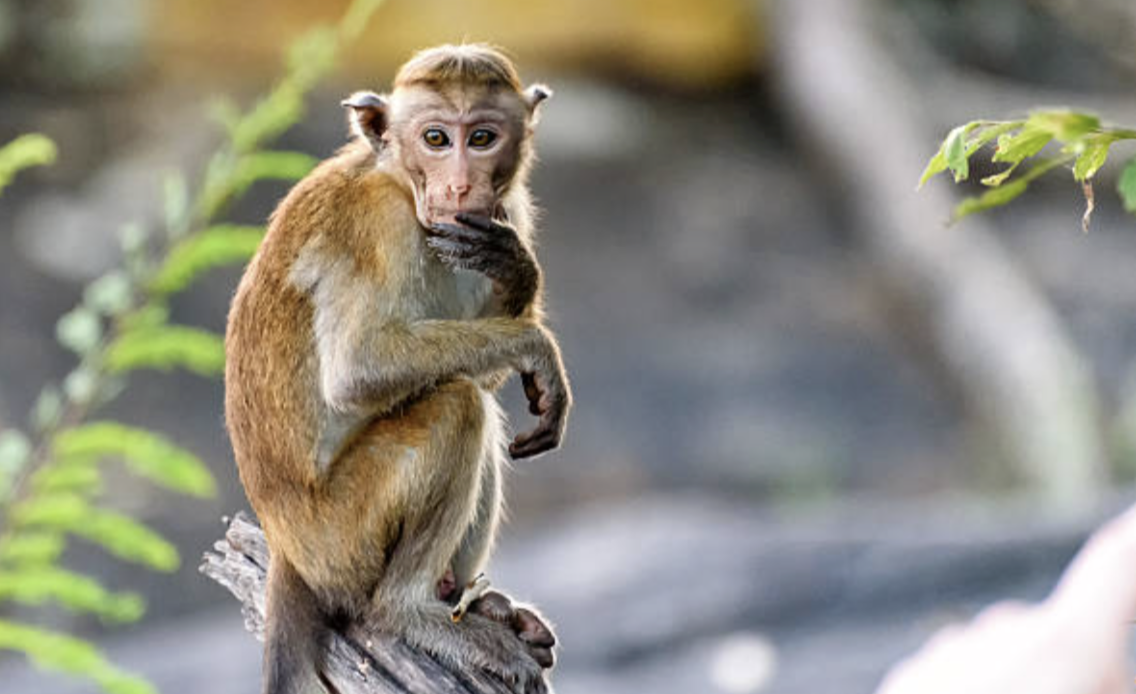
These intelligent primates are known for their expressive faces and complex social hierarchies. They are highly adaptable and can thrive in both urban and natural environments.
In many Asian cultures, they hold significant religious importance and are often seen around temples.
- Species: Macaca genus (22 species including Rhesus macaque, Japanese macaque, and Barbary macaque)
- Habitat: Forests, mountains, urban areas across Asia
- Diet: Fruits, leaves, insects, small animals
2. Macaroni Penguin
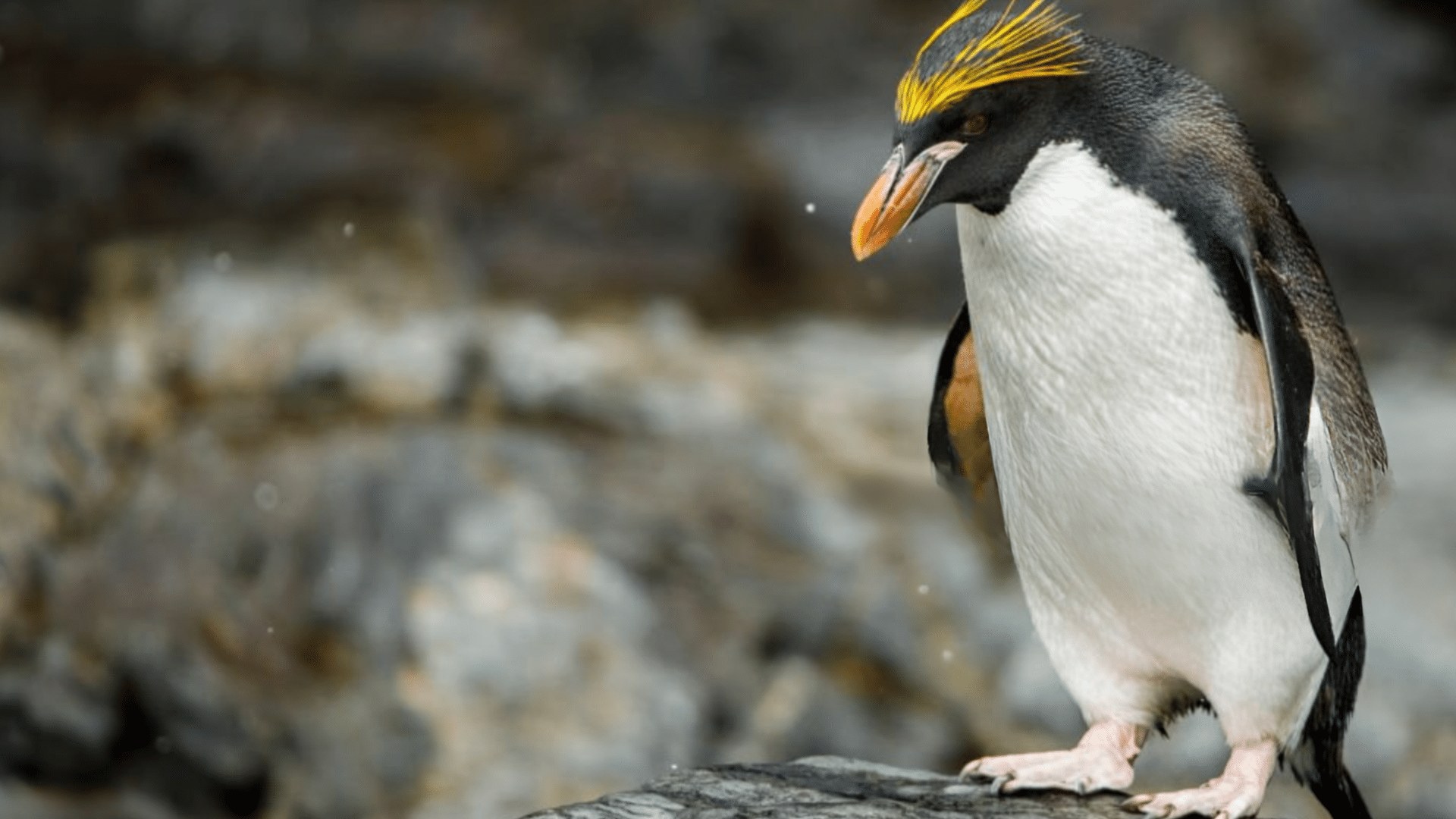
Distinguished by their bright yellow crest feathers, these charismatic penguins are excellent swimmers and can dig up to 100 meters deep.
They form large breeding colonies and are known for their unique courtship displays.
- Species: Eudyptes chrysolophus
- Habitat: Sub-Antarctic islands, rocky coastal areas
- Diet: Krill, small fish, squid
3. Macaw
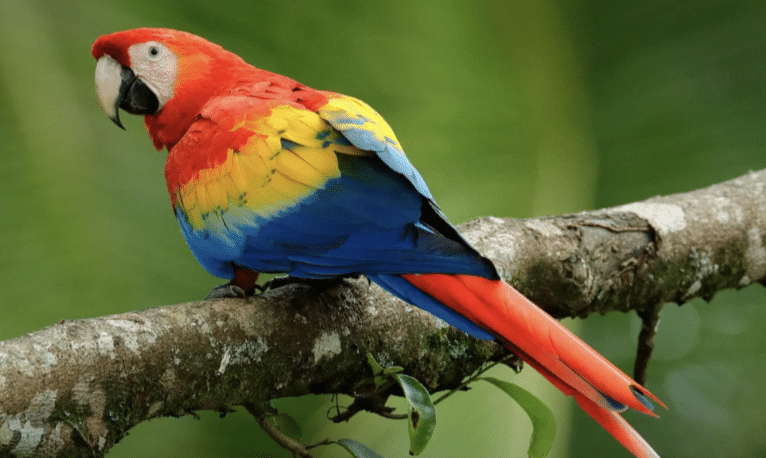
These strikingly beautiful parrots are among the most intelligent of all bird species.
Known for their vivid plumage and ability to mimic human speech, they can live for up to 50 years in captivity and form strong bonds with their mates.
- Species: Ara genus (17 species including Scarlet Macaw, Blue-and-yellow Macaw)
- Habitat: Tropical rainforests of Central and South America
- Diet: Seeds, nuts, fruits, flowers
4. MacGillivray’s Warbler
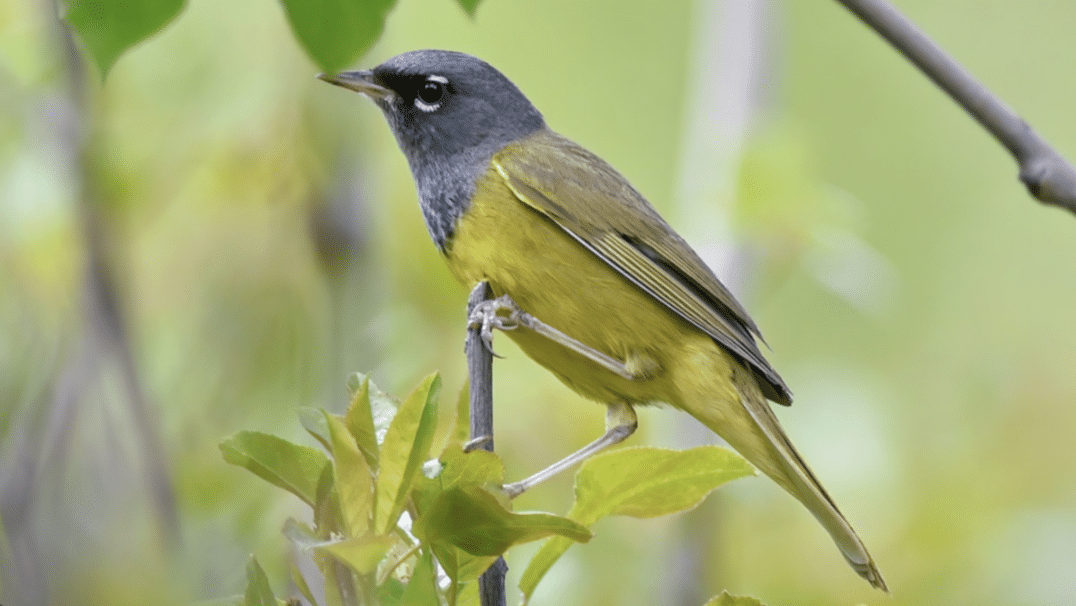
A small but active songbird that prefers to stay hidden in dense vegetation.
They are known for their distinctive gray heads and bright yellow underparts, making brief appearances during their melodious songs.
- Species: Geothlypis tolmiei
- Habitat: Dense understory of western North American forests
- Diet: Insects, spiders, berries
5. Myrmecophilus acervorum
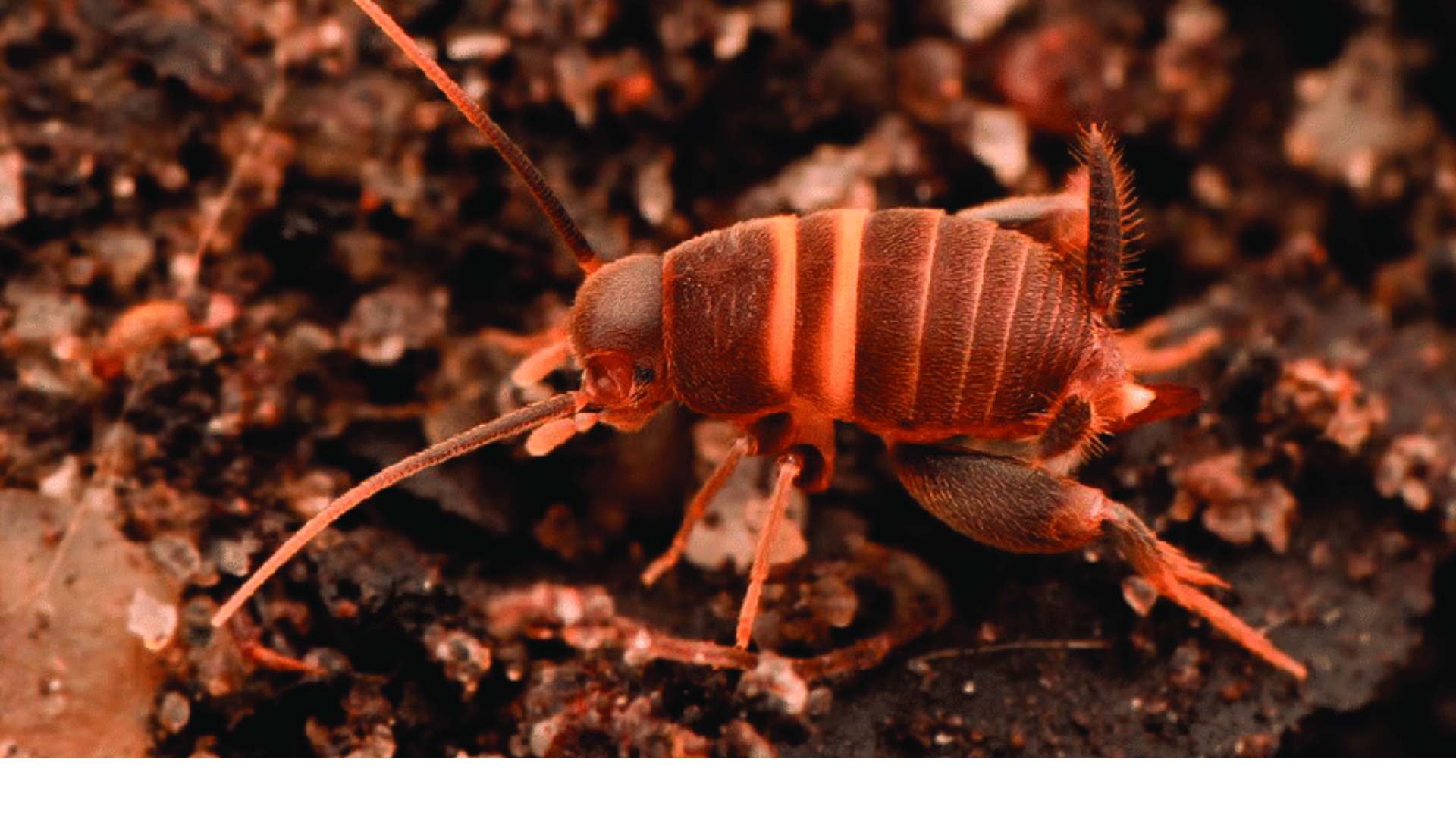
Myrmecophilus acervorum is a species of ant-loving cricket belonging to the family Myrmecophilidae.
It is commonly found in ant nests, where it lives symbiotically with its host ants. This cricket has adapted to a life entirely within these nests, relying on ants for shelter and sustenance.
- Species: Myrmecophilus acervorum
- Habitat: Ant nests in temperate regions
- Diet: Ant regurgitations, Fungal spores, Organic debris
6. Mackenzie Valley Wolf
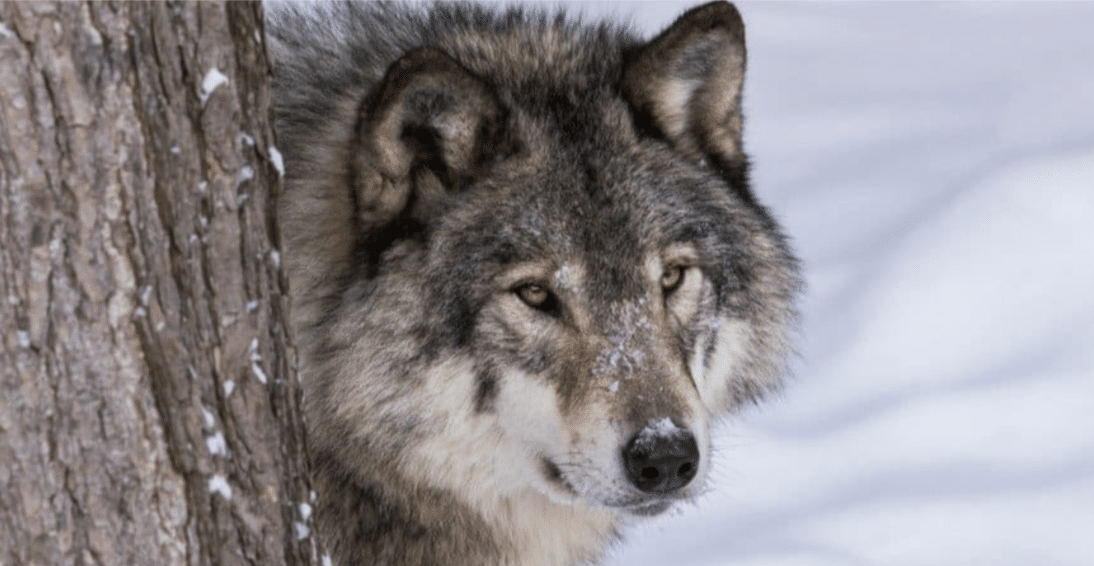
These impressive wolves are the largest subspecies of the gray wolf.
They are known for their incredible endurance, able to travel up to 70 miles in a single day, and maintain strong pack dynamics.
- Species: Canis lupus occidentalis
- Habitat: Forests and tundra of western Canada and Alaska
- Diet: Elk, deer, moose, caribou
7. Macrauchenia
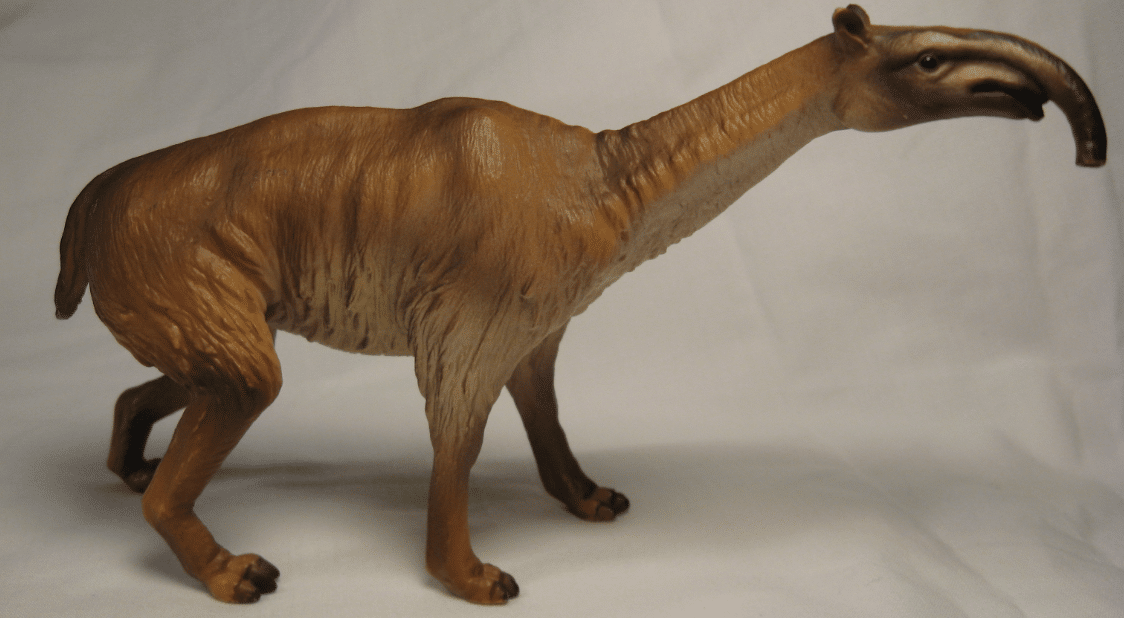
An extinct South American ungulate that lived until the end of the Pleistocene.
With its distinctive long neck and trunk-like nose, it was well-adapted to browsing on high vegetation and detecting predators.
- Species: Macrauchenia patachonica
- Habitat: Ancient South American grasslands
- Diet: Leaves, twigs, grass
8. Madagascar Hissing Cockroach
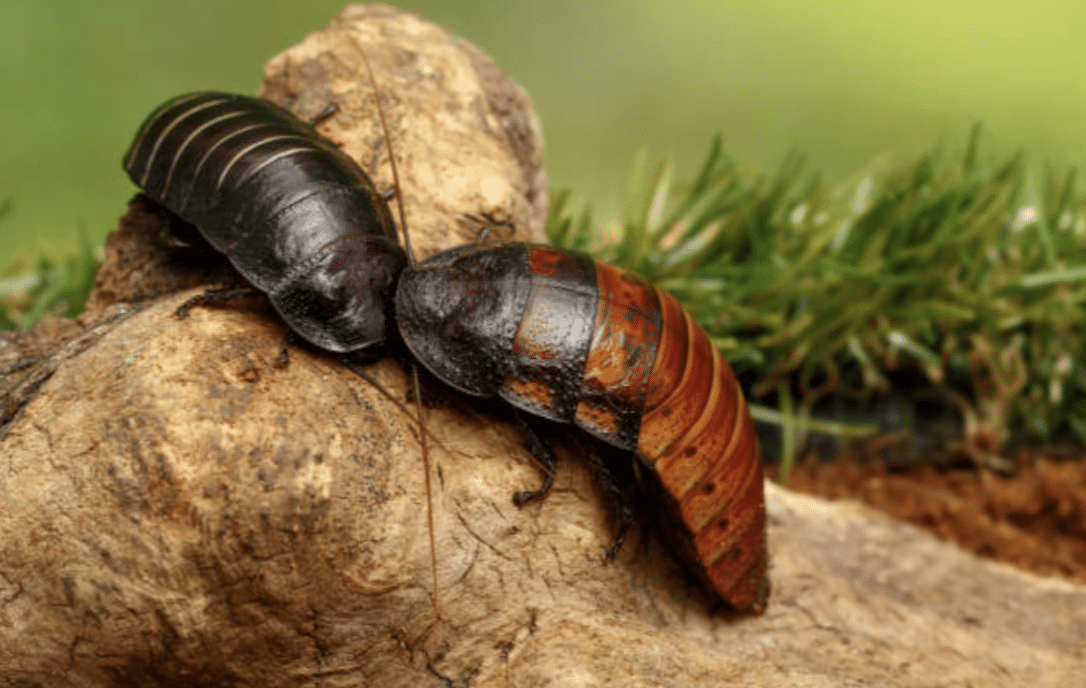
Famous for their unique ability to produce a loud hissing sound, these large cockroaches are actually gentle creatures.
Unlike most cockroaches, they’re slow-moving and don’t have wings, making them popular exotic pets.
- Species: Gromphadorhina portentosa
- Habitat: Forest floor of Madagascar
- Diet: Fallen fruit, decaying plant matter
9. Madagascar Jacana
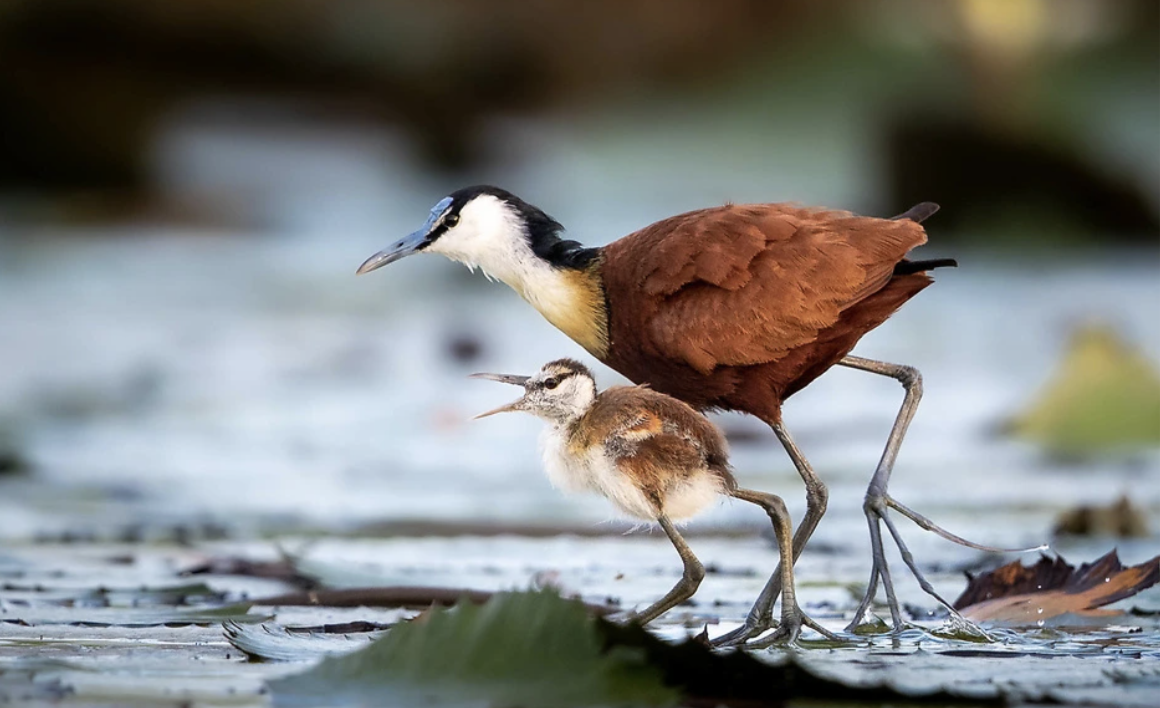
These graceful wading birds have extraordinarily long toes that allow them to walk on floating vegetation.
Female jacanas are larger than males and defend territories, while males incubate eggs and care for chicks.
- Species: Actophilornis albinucha
- Habitat: Wetlands of Madagascar
- Diet: Aquatic insects, small fish
10. Madagascar Tree Boa
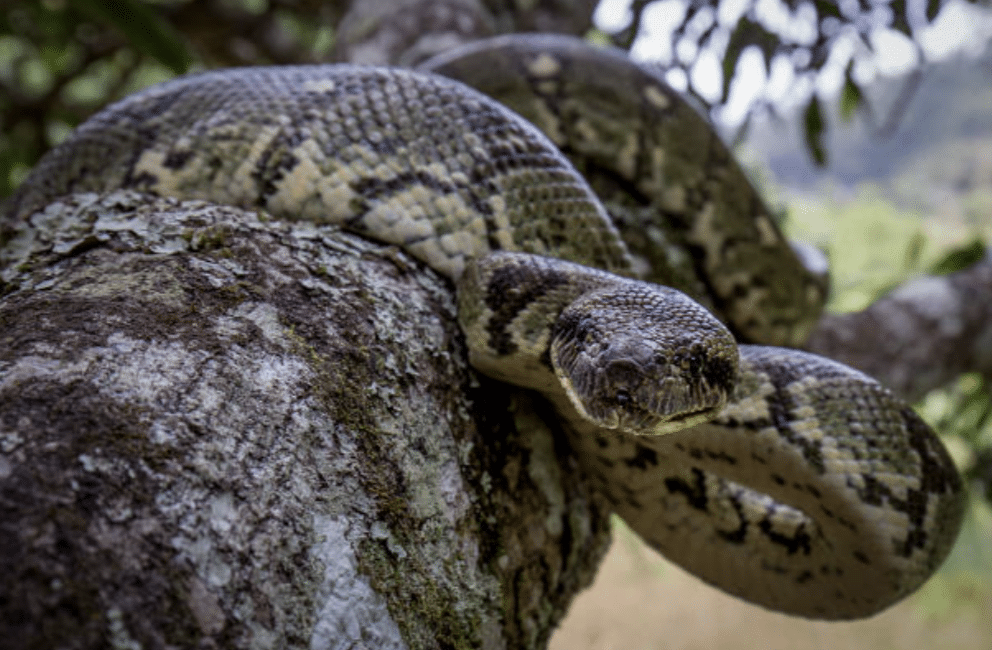
These beautiful snakes are known for their impressive color variations and excellent climbing abilities.
They’re primarily nocturnal and use their heat-sensing pits to locate prey in the dark.
- Species: Sanzinia madagascariensis
- Habitat: Tropical forests of Madagascar
- Diet: Birds, small mammals, lizards
11. Madora Moth
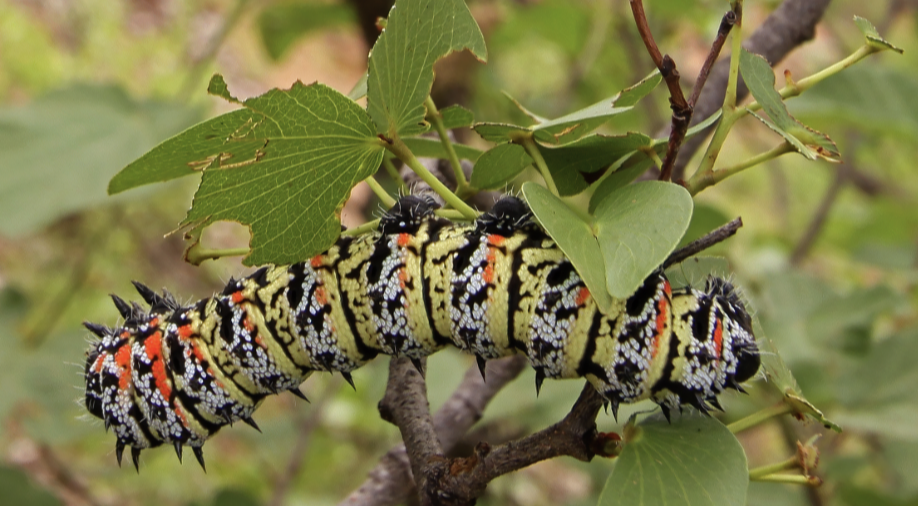
These moths are notable for their larvae, which are considered a nutritious food source in some African cultures.
The adult moths display intricate wing patterns and are primarily nocturnal.
- Species: Gonimbrasia belina
- Habitat: Woodlands of southern Africa
- Diet: Tree leaves (as caterpillars), adults don’t feed
12. Magellanic Penguin
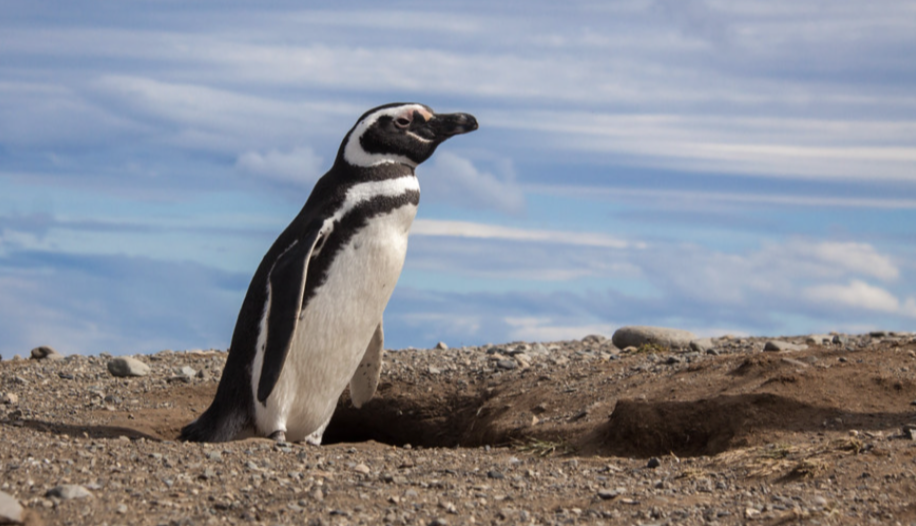
Named after explorer Ferdinand Magellan, these medium-sized penguins are excellent swimmers and can dive up to 250 feet deep.
They form lifelong bonds with their mates and return to the same nesting sites each year.
- Species: Spheniscus magellanicus
- Habitat: Southern coasts of South America
- Diet: Small fish, squid, krill
13. Maggot
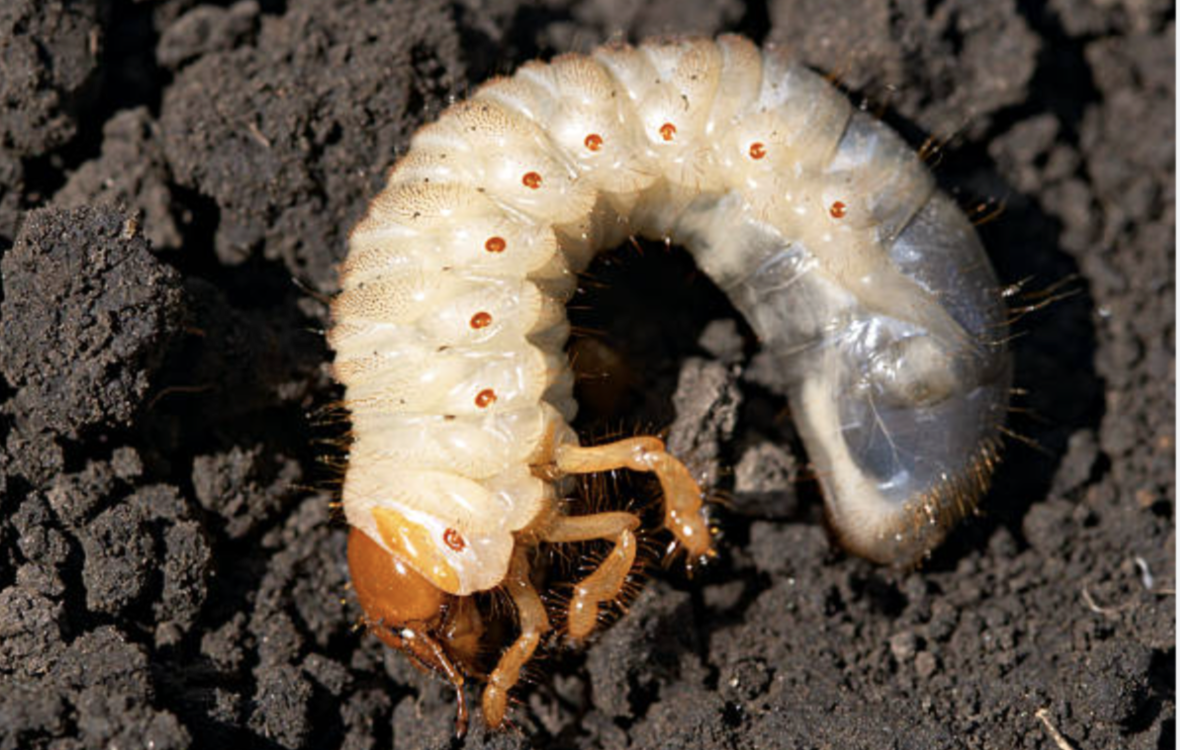
While often viewed negatively, maggots play a crucial role in decomposition and ecosystem health.
Some species are even used in medical settings for wound cleaning due to their ability to consume dead tissue while leaving healthy tissue intact.
- Species: Various species of fly larvae
- Habitat: Decomposing organic matter worldwide
- Diet: Dead tissue, rotting food, organic waste
14. Magnolia Warbler
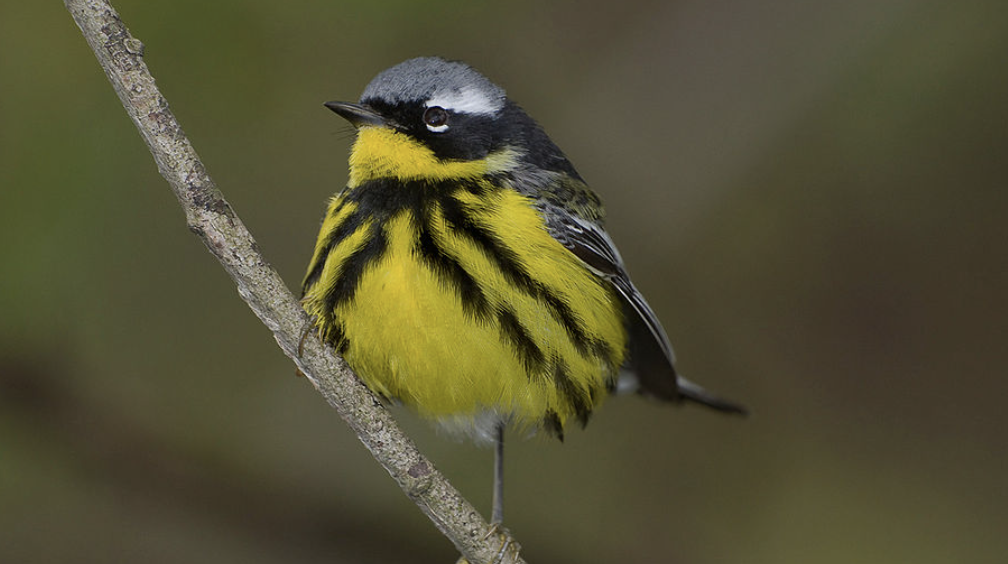
These striking black-and-yellow warblers are active foragers, constantly moving through the canopy in search of food.
Males perform elaborate courtship displays during breeding season.
- Species: Setophaga magnolia
- Habitat: Coniferous and mixed forests of North America
- Diet: Insects, spiders, berries
15. Magpie
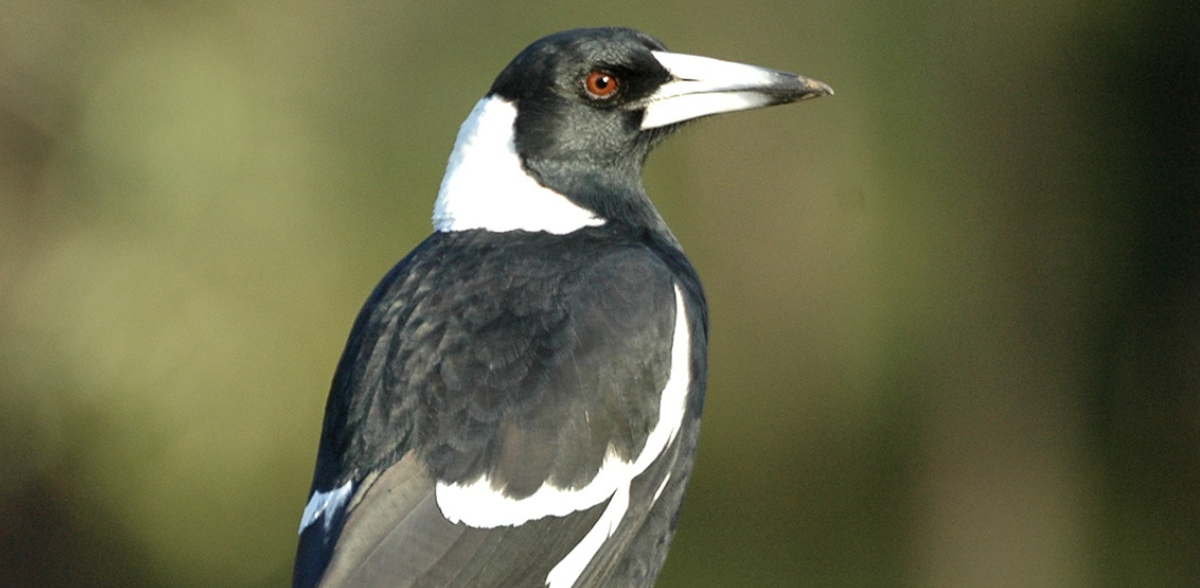
Known for their intelligence and ability to recognize themselves in mirrors, magpies are among the smartest birds.
They’re also known for their attraction to shiny objects and complex social behaviors.
- Species: Pica genus (Several species including Black-billed and Yellow-billed Magpie)
- Habitat: Urban areas, woodlands across Europe, Asia, and North America
- Diet: Insects, small animals, carrion, seeds
16. Magyarosaurus
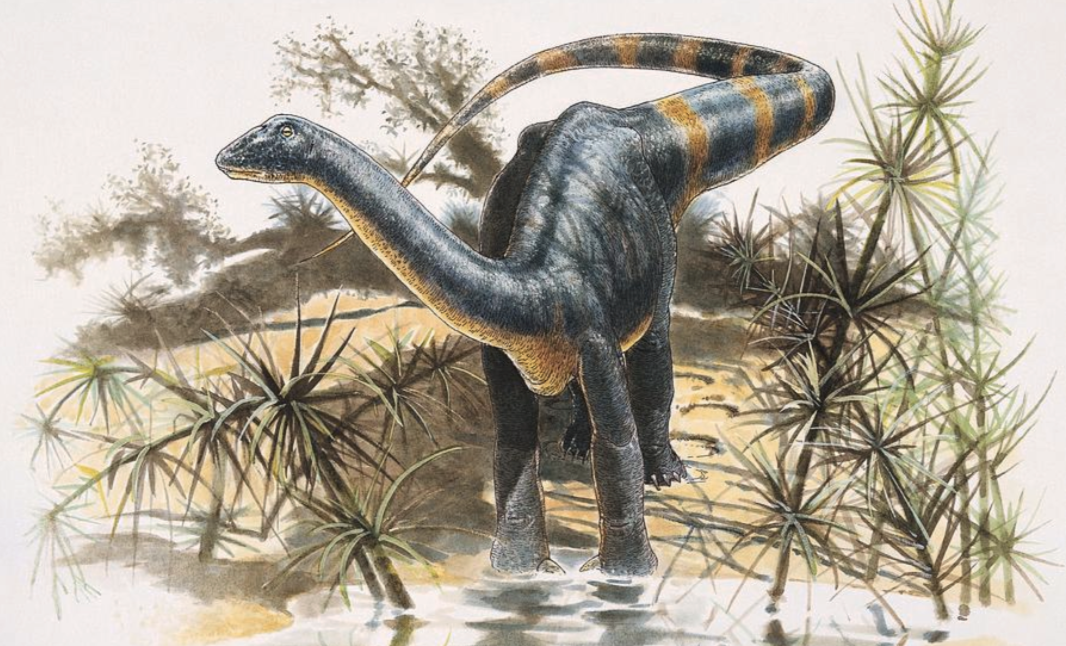
A unique dinosaur species known for its relatively small size compared to other sauropods.
This dwarf dinosaur evolved its smaller size due to limited resources on its island habitat.
- Species: Magyarosaurus dacus
- Habitat: Ancient European islands
- Diet: Low-growing plants, ferns
17. Mahi Mahi
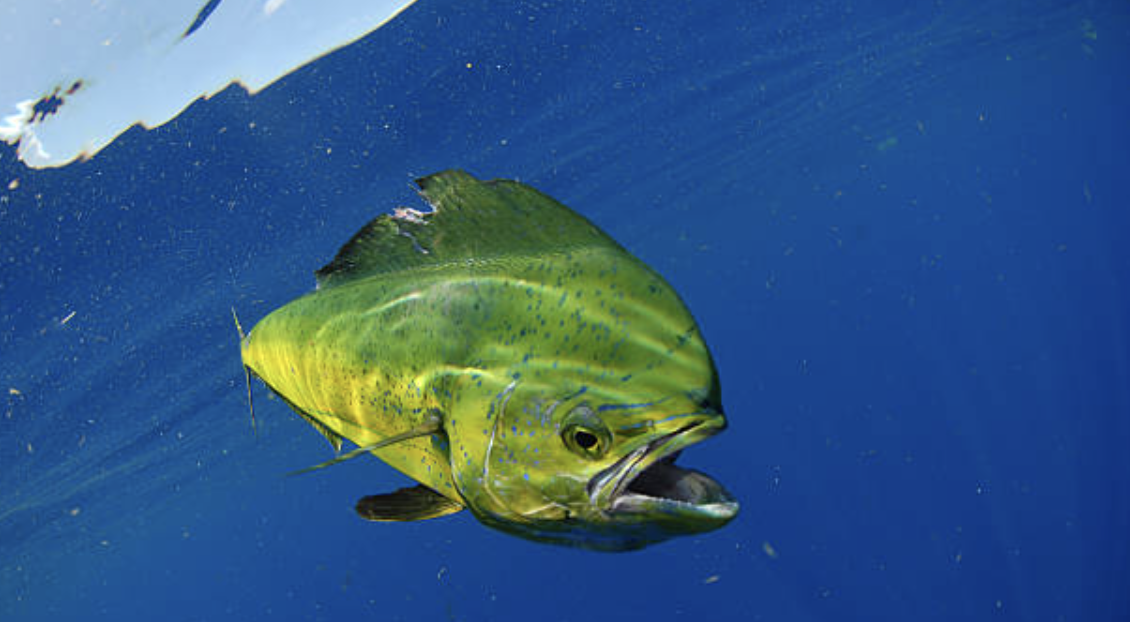
These spectacular fish are known for their brilliant colors and high-speed swimming capabilities.
They’re popular among sport fishermen due to their acrobatic fights when hooked and are prized for their meat.
- Species: Coryphaena hippurus
- Habitat: Tropical and subtropical ocean waters worldwide
- Diet: Flying fish, crustaceans, squid
18. Maiasaura
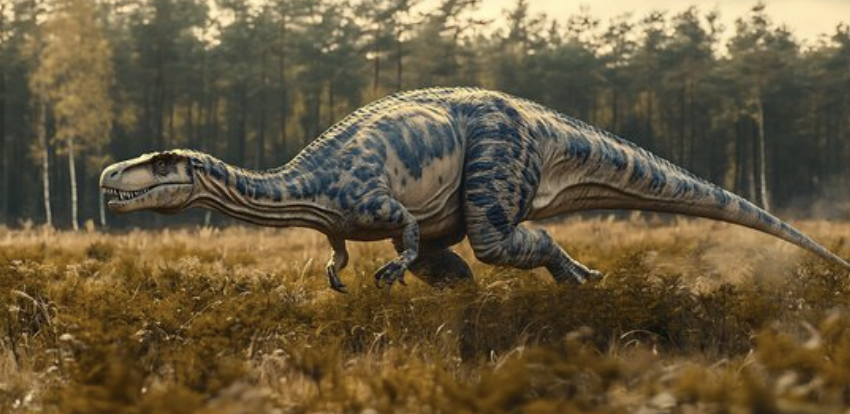
These “good mother lizards” were among the first dinosaurs discovered with clear evidence of parental care.
They lived in large herds and created nesting colonies where they cared for their young.
- Species: Maiasaura peeblesorum
- Habitat: Ancient forests of North America
- Diet: Plants, leaves, conifer needles
19. Maine Coon
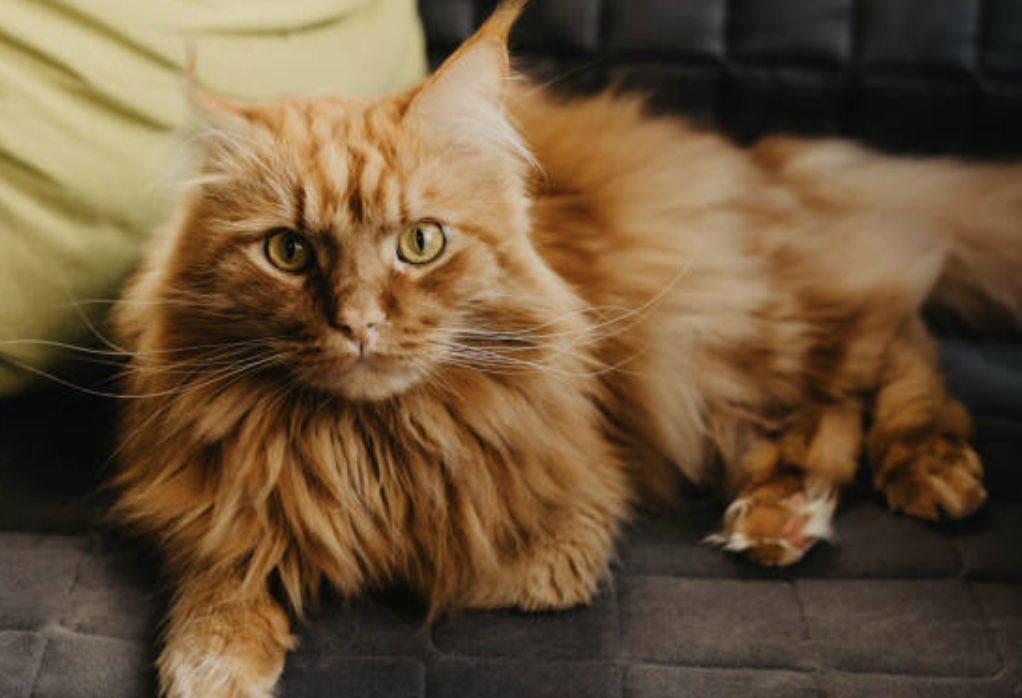
Known as the “gentle giants” of domestic cats, Maine Coons are famous for their large size, luxurious fur, and friendly personalities.
They’re one of the oldest natural breeds in North America.
- Species: Felis catus
- Habitat: Domestic environments worldwide
- Diet: Commercial cat food, small prey
20. Myrmecophilidae
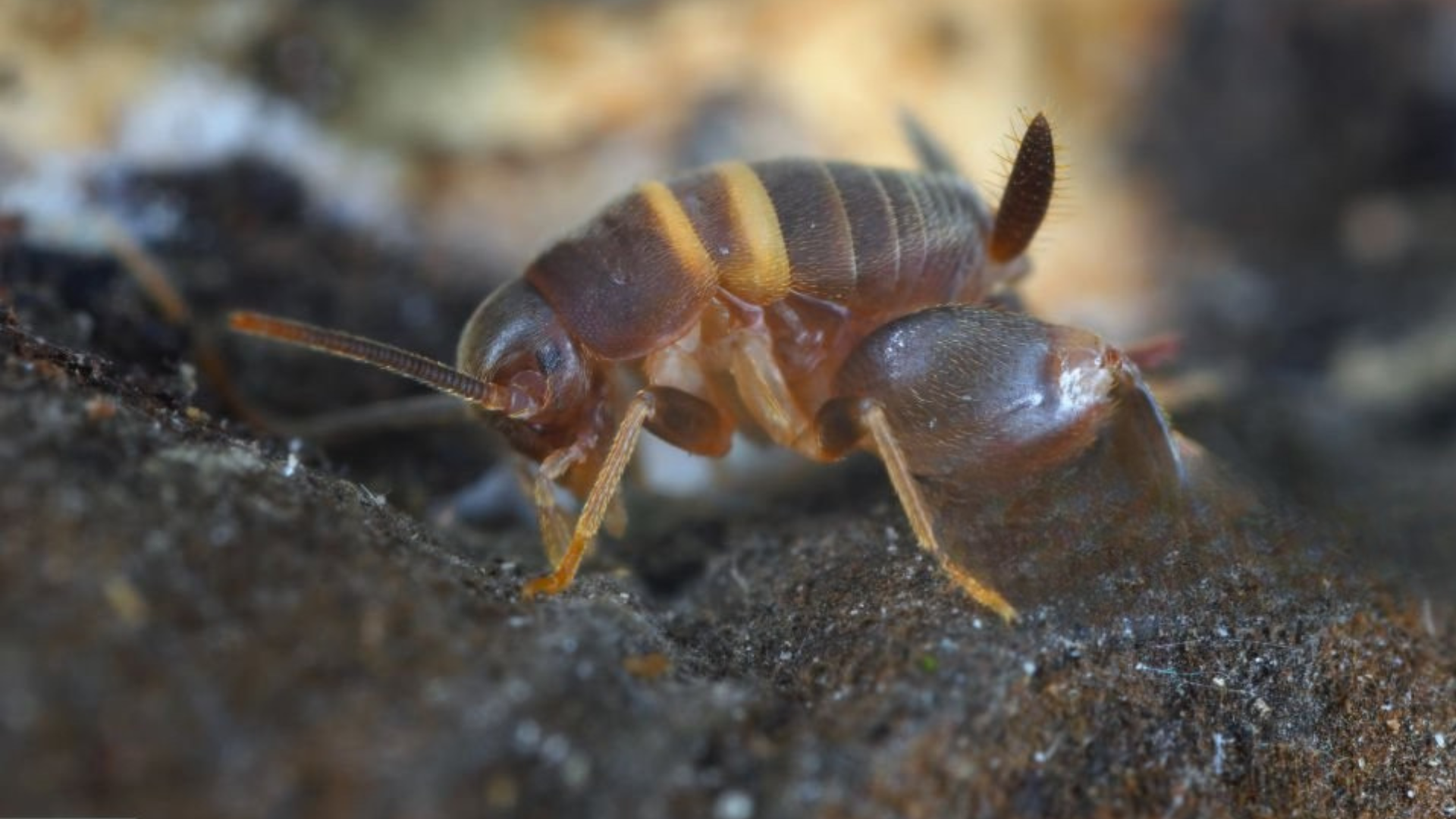
Myrmecophilidae is a family of small, wingless crickets commonly known as ant-loving crickets. These insects are specialized to live within ant nests, forming commensal relationships with their hosts.
Adapted to a subterranean lifestyle, they rely on ants for protection and nourishment.
- Species: Includes Myrmecophilus acervorum, Myrmecophilus pergandei, among others
- Habitat: Ant nests in temperate and tropical regions
- Diet: Ant secretions, Fungal matter, Organic debris
21. Malayan Civet
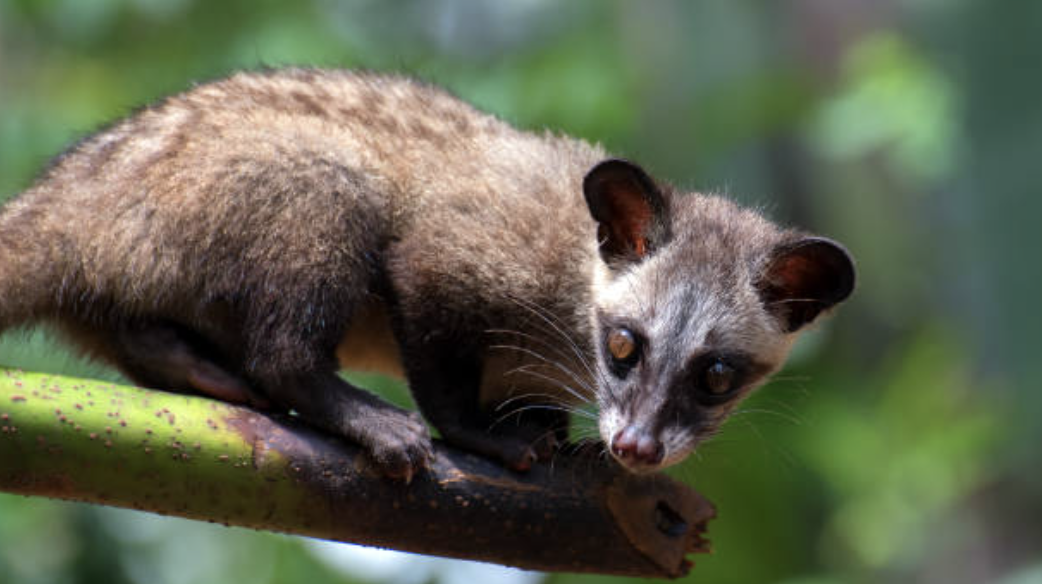
These nocturnal mammals are known for their distinctive spotted coat and role in producing kopi luwak, or civet coffee. They’re excellent climbers and primarily solitary animals.
- Species: Viverra tangalunga
- Habitat: Forests of Southeast Asia
- Diet: Small mammals, insects, fruits
22. Malayan Krait
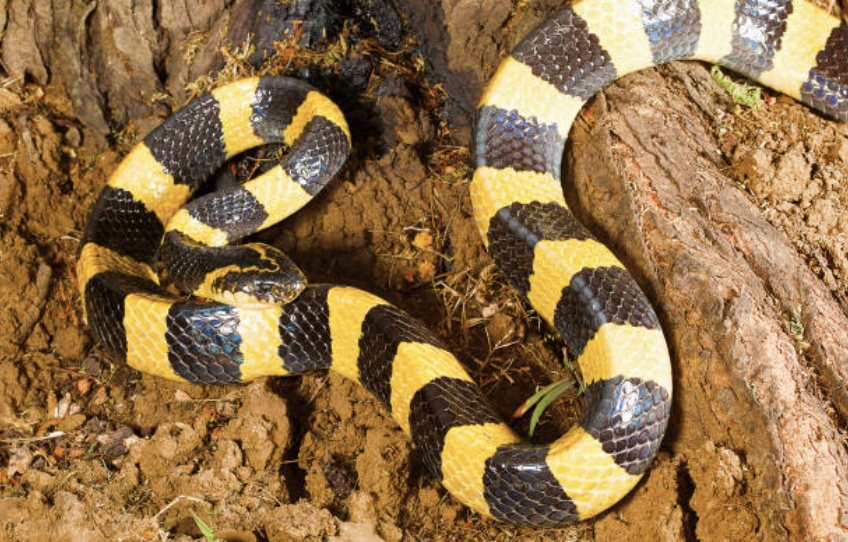
One of Asia’s most venomous snakes, known for its distinctive black and white banded pattern.
Despite their potent venom, they’re typically shy and avoid human contact.
- Species: Bungarus candidus
- Habitat: Lowland areas of Southeast Asia
- Diet: Small snakes, lizards, rodents
23. Malayan Tiger
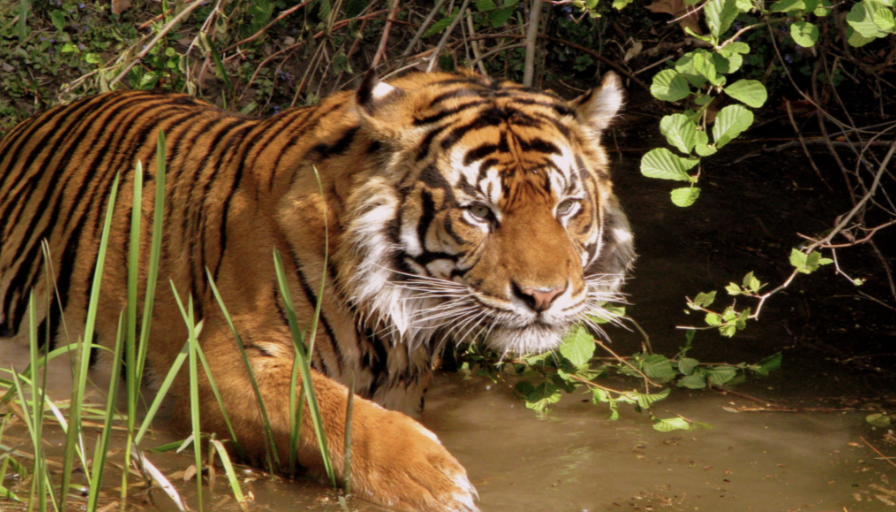
One of the smallest tiger subspecies, these magnificent cats are critically endangered.
They’re excellent swimmers and can run at speeds up to 40 mph in short bursts.
- Species: Panthera tigris jacksoni
- Habitat: Tropical forests of Malaysia
- Diet: Deer, wild boar, livestock
24. Malchi

A designer dog breed mixing Maltese and Chihuahua characteristics.
These small, energetic dogs are known for their loyalty and make excellent companion animals for apartment living.
- Species: Canis lupus familiaris
- Habitat: Domestic environments worldwide
- Diet: Commercial dog food, treats
25. Mallard
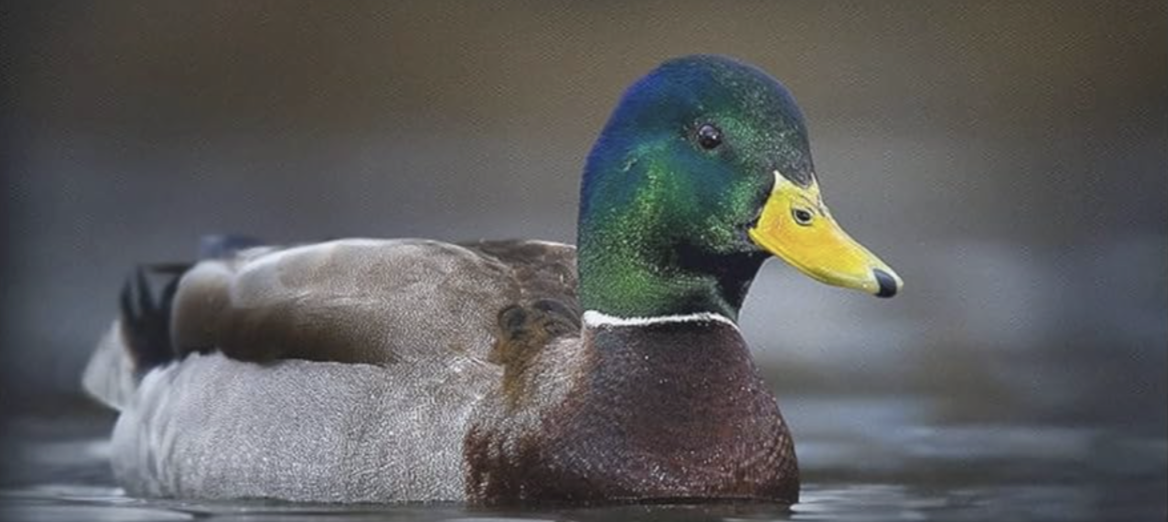
The most recognizable of all wild ducks, mallards are known for their distinctive green heads (males) and ability to adapt to urban environments.
They’re excellent swimmers and can take off from water almost vertically.
- Species: Anas platyrhynchos
- Habitat: Wetlands, parks, ponds worldwide
- Diet: Aquatic plants, insects, small fish
26. Malteagle
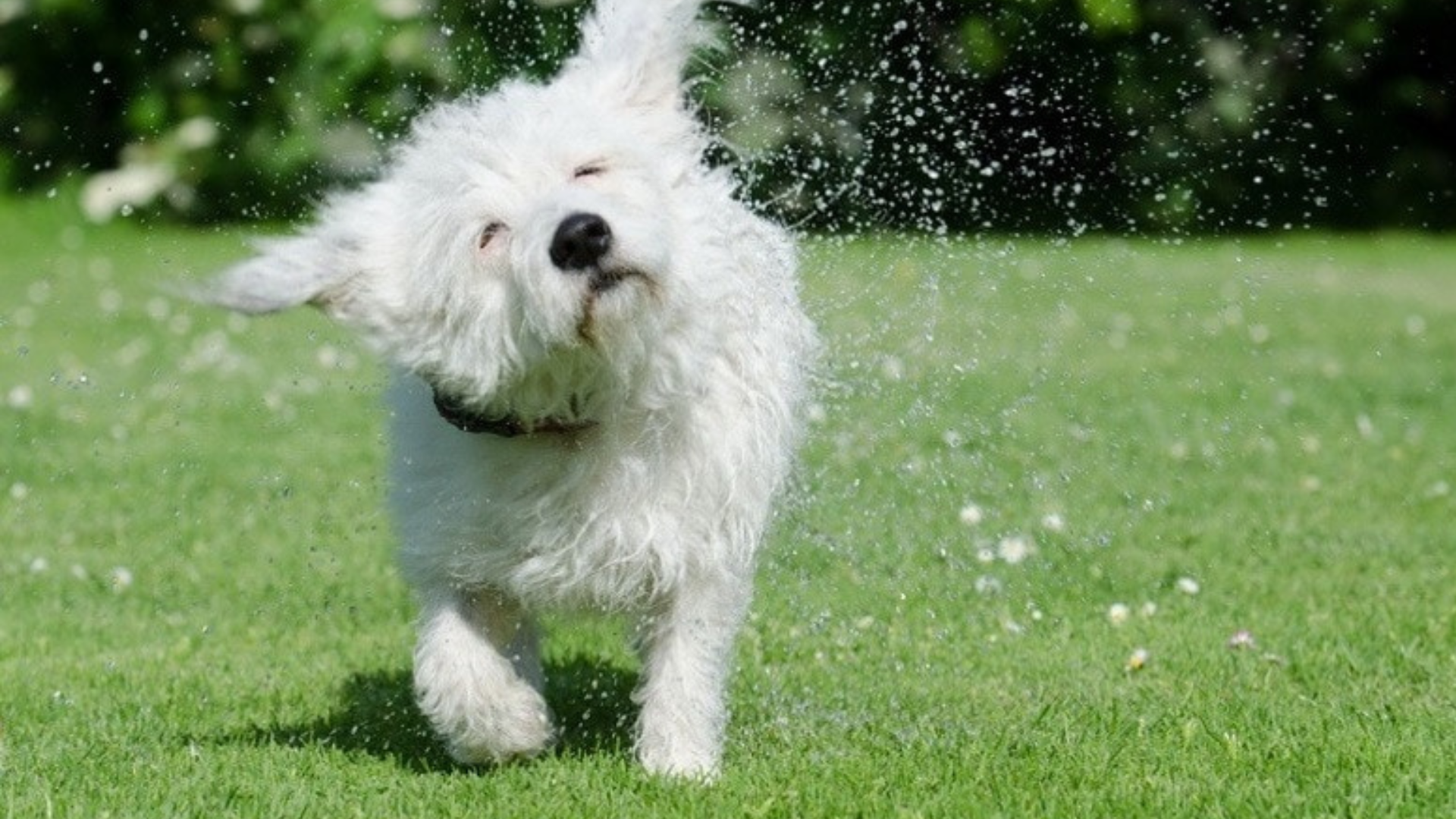
A designer dog breed combining Maltese and Beagle traits.
These energetic and friendly dogs inherit the tracking abilities of Beagles and the affectionate nature of Maltese, making them excellent family pets.
- Species: Canis lupus familiaris
- Habitat: Domestic environments worldwide
- Diet: Commercial dog food, treats
27. Maltese
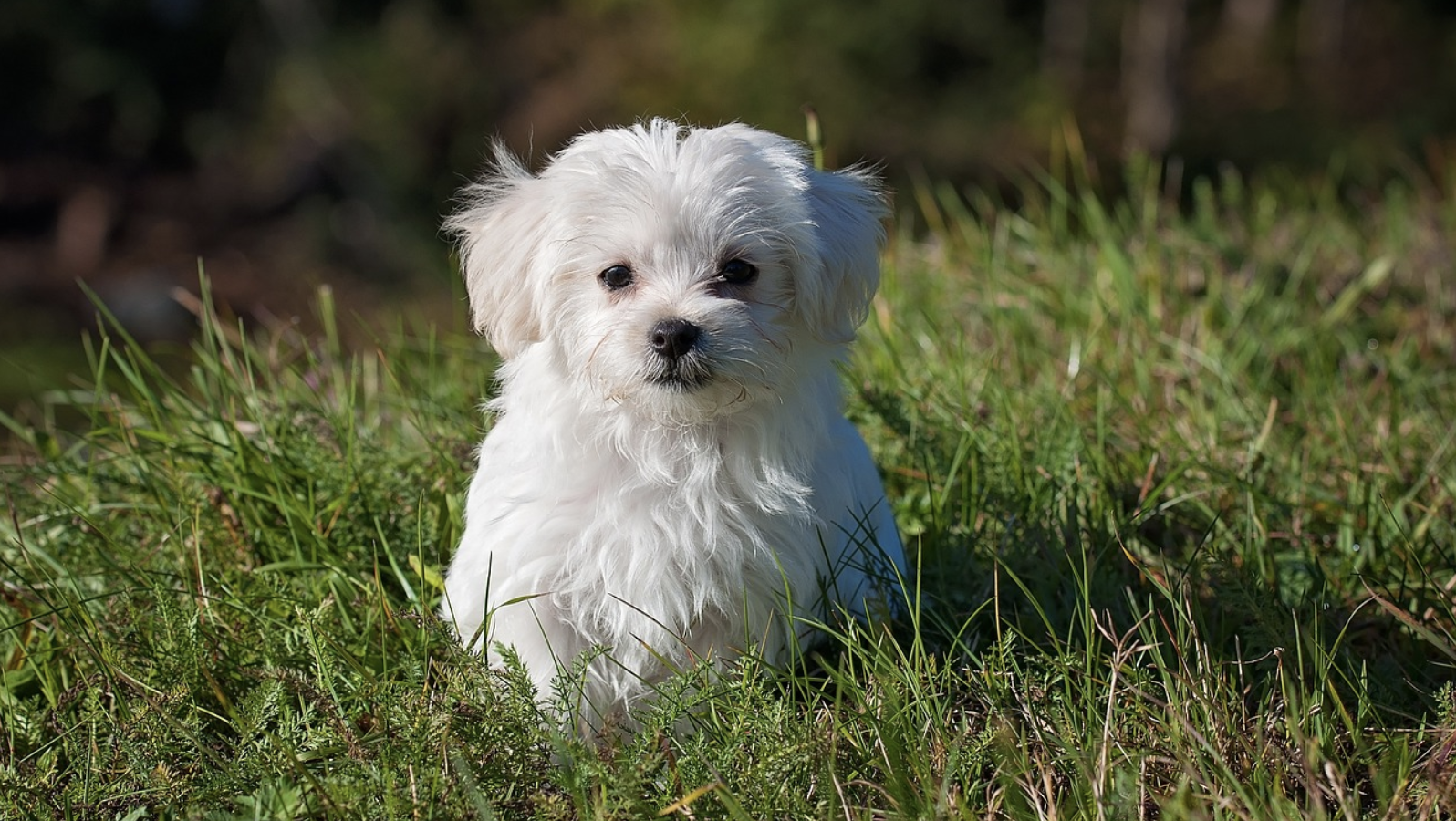
One of the oldest and most beloved toy dog breeds, known for their silky white coat and charming personality.
These dogs have been companions to royalty and nobility for thousands of years.
- Species: Canis lupus familiaris
- Habitat: Domestic environments worldwide
- Diet: Commercial dog food, treats
28. Myrmecophaga
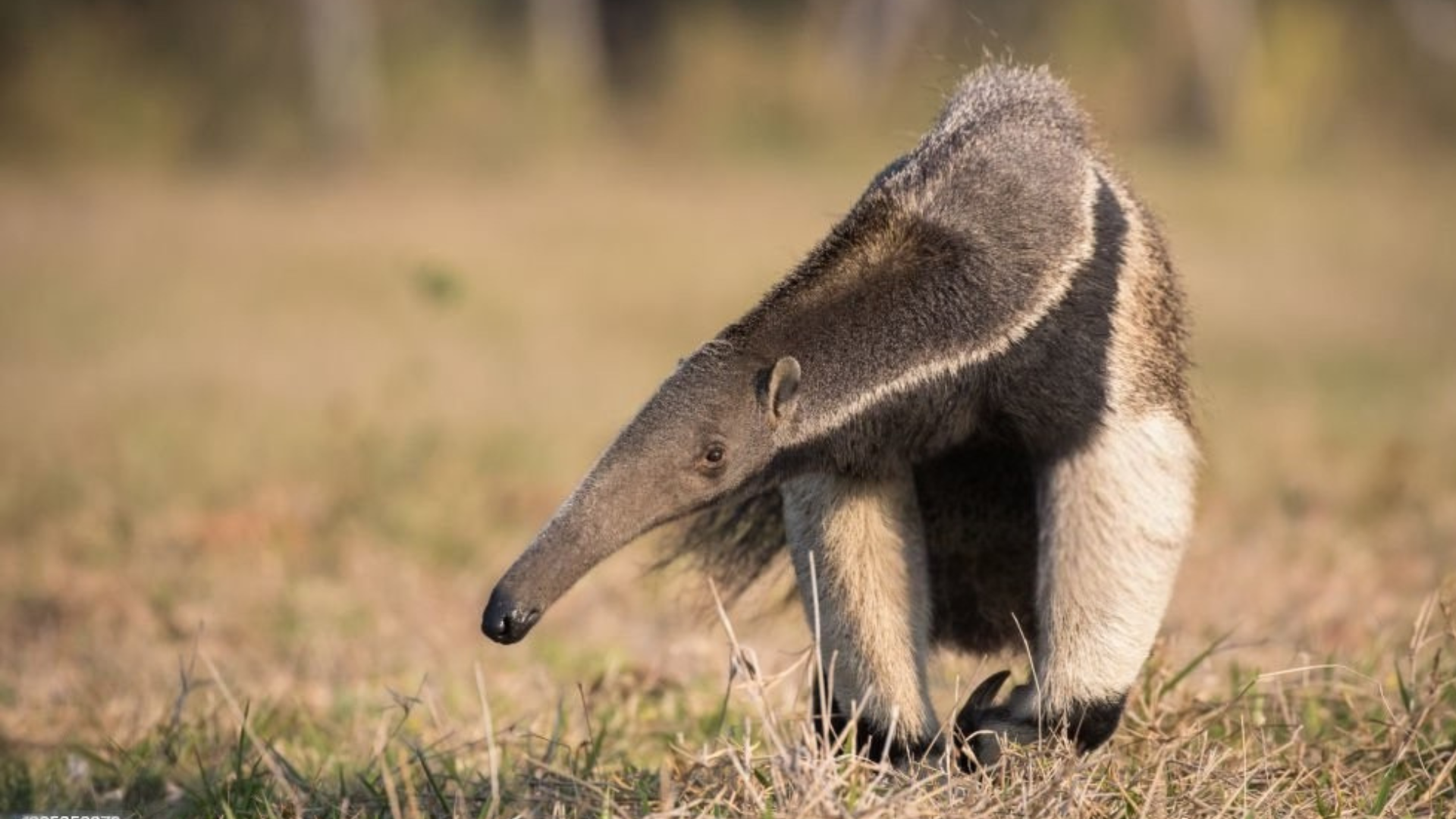
Myrmecophaga is a genus of anteaters known for their long snouts and sticky tongues, perfectly adapted for feeding on ants and termites. The most notable species, the giant anteater, is a solitary mammal found in Central and South America. These animals prefer grasslands, forests, and savannas, where they forage for insects.
- Species: Myrmecophaga tridactyla (Giant anteater)
- Habitat: Grasslands, savannas, tropical forests
- Diet: Ants, Termites, Insect larvae
29. Maltese Shih Tzu

A popular designer dog that combines the best qualities of both parent breeds.
These small, affectionate dogs are known for their low-shedding coat and friendly disposition towards children.
- Species: Canis lupus familiaris
- Habitat: Domestic environments worldwide
- Diet: Commercial dog food, treats
30. Maltipom
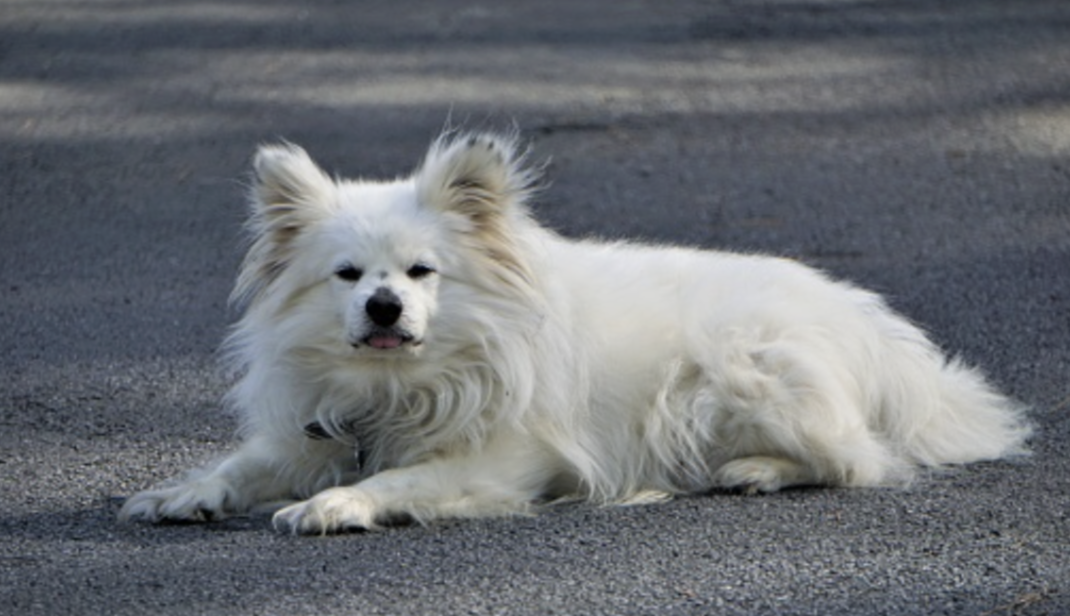
A charming mix between a Maltese and Pomeranian, these small dogs inherit the Pomeranian’s fox-like face and the Maltese’s silky coat.
They’re known for their lively personality and devoted nature.
- Species: Canis lupus familiaris
- Habitat: Domestic environments worldwide
- Diet: Commercial dog food, treats
31. Maltipoo

One of the most popular designer dogs, combining Maltese and Poodle breeds.
They’re known for their intelligence, hypoallergenic coat, and adaptability to different living situations.
- Species: Canis lupus familiaris
- Habitat: Domestic environments worldwide
- Diet: Commercial dog food, treats
32. Mamba
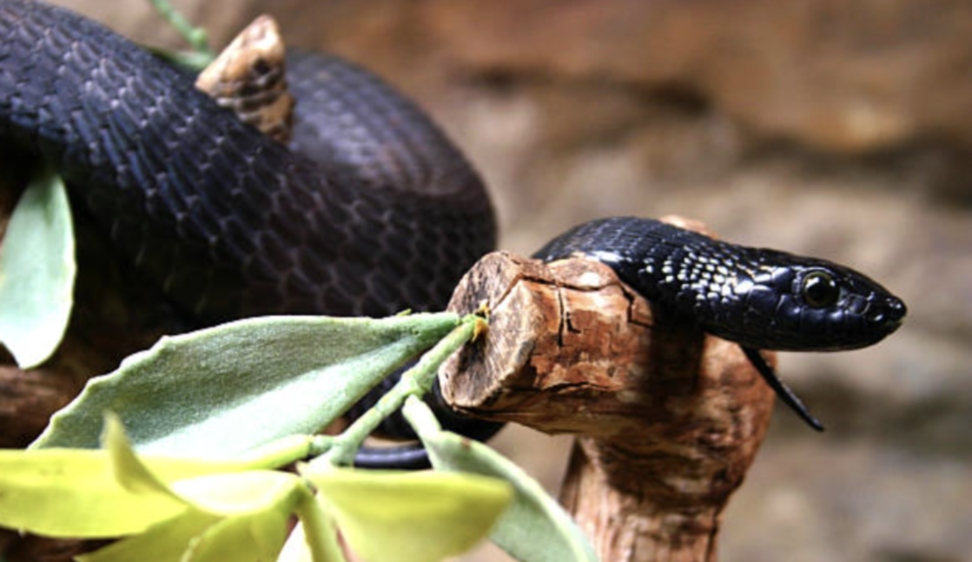
These highly venomous snakes are known for their speed and agility.
Despite their deadly reputation, they typically try to avoid human contact and only strike when threatened.
- Species: Dendroaspis genus (including Black, Green, and Jameson’s mamba)
- Habitat: African savannas and forests
- Diet: Small mammals, birds, lizards
33. Mamushi Snake
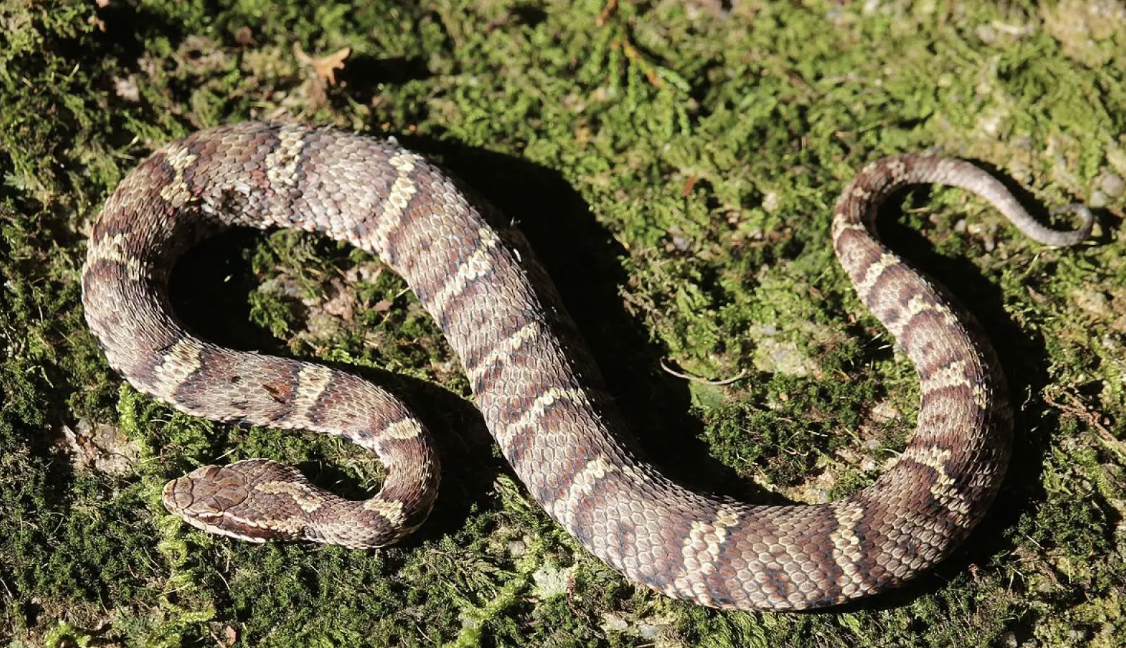
A venomous pit viper found in East Asia, known for its excellent camouflage and relatively docile nature.
They’re responsible for the majority of snake bites in Japan, though rarely fatal.
- Species: Gloydius blomhoffii
- Habitat: Forests and grasslands of East Asia
- Diet: Small rodents, frogs, lizards
34. Man of War Jellyfish
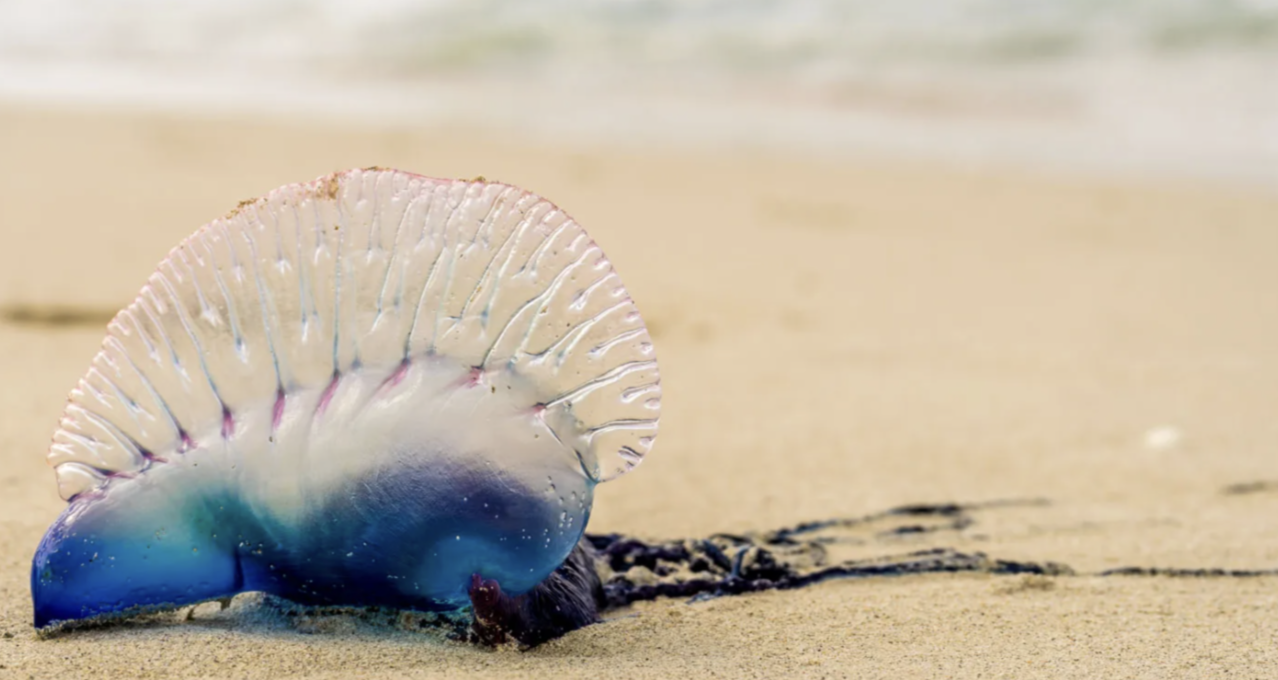
Actually a colonial organism composed of many specialized individuals, these creatures are known for their powerful sting and beautiful blue-purple gas-filled float.
- Species: Physalia physalis
- Habitat: Tropical and subtropical oceans worldwide
- Diet: Small fish, plankton, crustaceans
35. Manatee
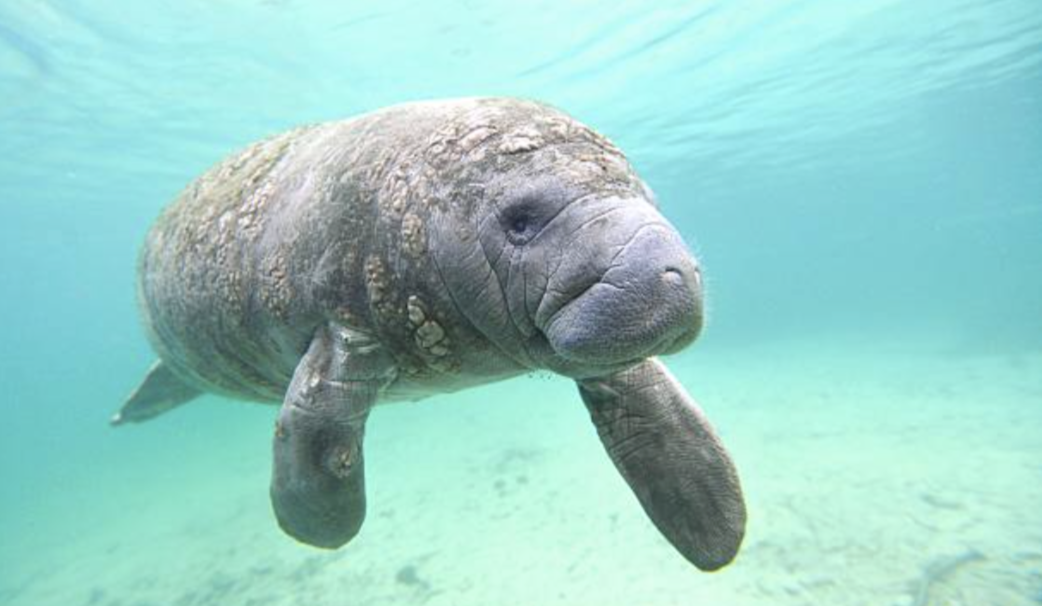
Often called “sea cows,” these gentle marine mammals are known for their slow movements and herbivorous lifestyle.
They’re excellent indicators of ecosystem health and play important roles in maintaining aquatic plant communities.
- Species: Trichechus genus (West Indian, Amazonian, and African manatees)
- Habitat: Coastal waters, rivers of Americas and West Africa
- Diet: Aquatic plants, seagrasses
Learn More Animals that Start with M
36. Manchester Terrier
37. Mandarin Rat Snake
38. Mandrill
39. Maned Wolf
40. Mangrove Snake
41. Mangrove Snapper
42. Manta Ray
43. Mantella Frog
44. Marabou Stork
45. Marans Chicken
46. Marble Fox
47. Maremma Sheepdog
48. Margay
49. Marine Iguana
50. Marine Toad
51. Markhor
52. Marmoset
53. Marmot
54. Marsh Frog
55. Marsican Brown Bear
56. Masiakasaurus
57. Masked Angelfish
58. Masked Palm Civet
59. Mason Bee
60. Massasauga
61. Mastador
62. Mastiff
63. Mastiff Mix
64. Mauzer
65. May Beetle
66. Mayan Cichlid
67. Meagle
68. Mealworm Beetle
69. Mealybug
70. Meerkat
71. Megalania
72. Megalochelys
73. Megalodon
74. Megamouth Shark
75. Meganeura
76. Megatherium
77. Meiolania
78. Mekong Giant Catfish
79. Merganser
80. Mexican Alligator Lizard
81. Mexican Black Kingsnake
82. Mexican Eagle
83. Mexican Fireleg Tarantula
84. Mexican Free-Tailed Bat
85. Mexican Mole Lizard
86. Microraptor
87. Midget Faded Rattlesnake
88. Miki
89. Milk Snake
90. Milkfish
91. Milkweed aphids
92. Millipede
93. Mini Labradoodle
94. Mini Lop
95. Miniature Bull Terrier
96. Miniature Husky
97. Miniature Pinscher
98. Mink
99. Minke Whale
100. Mississippi Kite
101. Moccasin Snake
102. Mockingbird
103. Modern Game Chicken
104. Mojarra
105. Mojave Ball Python
106. Mojave Rattlesnake
107. Mola mola
108. Mole
109. Mole Crab
110. Mole Cricket
111. Mole Snake
112. Mollusk
113. Molly
114. Monarch Butterfly
115. Mongoose
116. Mongrel
117. Monitor Lizard
118. Monkey
119. Monkfish
120. Monocled Cobra
121. Monte Iberia Eleuth
122. Moon Jellyfish
123. Moonglow Boa
124. Moorhen
125. Moose
126. Moray Eel
127. Morkie
128. Morpho Butterfly
129. Mosasaurus
130. Moscow Watchdog
131. Mosquito
132. Moth
133. Mountain Beaver
134. Mountain Bluebird
135. Mountain Cur
136. Mountain Feist
137. Mountain Gorilla
138. Mountain Lion
139. Mourning Dove
140. Mourning Gecko
141. Mourning Warbler
142. Mouse
143. Mouse Spider
144. Mouse-Deer
145. Mozambique Spitting Cobra
146. Mud Snake
147. Mudi
148. Mudpuppy
149. Mudskipper
150. Mule
151. Mule Deer
152. Mulga Snake
153. Mullet Fish
154. Muntjac
155. Muscovy Duck
156. Musk Deer
157. Muskellunge
158. Muskox
159. Muskrat
160. Mussurana Snake
161. Muttaburrasaurus
162. Myna Bird
163. MacGillivray’s Warbler
164. Mara
165. Marlin
166. Martial Eagle
167. Marten
168. Masai Giraffe
169. Mastodon
170. Mauritius Blue Pigeon
171. Mayfly
172. Meadowlark
173. Mealy Parrot
174. Mediterranean Monk Seal
175. Megabat
176. Megaloceros
177. Megapode
178. Mexican Gray Wolf
179. Milksnake
180. Miniature Horse
181. Minnow
182. Mole Crab
183. Mole Rat
184. Monk Parakeet
185. Montezuma Quail
186. Moorish Idol
187. Mormon Cricket
188. Mottled Owl
189. Mountain Goat
190. Mountain Zebra
191. Mousebird
192. Mud Dauber Wasp
193. Mud Turtle
194. Muhlenberg’s Turtle
195. Musky Rat-Kangaroo
196. Mute Swan
197. Musk Lorikeet
198. Musk Turtle
199. Muskellunge
200. Mustang
201. Mydas Fly
202. Myrtle Warbler
203. Mysticeti
204. Mysis Shrimp
205. Myna
206. Mynah Bird
207. Myrmecophagidae
208. Myrmarachne
209. Myrmeleon
210. Myrmecia
211. Myrmecophilus
212. Myrmecophaga tridactyla
213. Myrmecobius fasciatus
214. Myrmecophaga
Fun Facts About Some of These Amazing Creatures
- Manchester Terrier was originally bred to hunt rats in Victorian England’s textile mills.
- Mandarin Rat Snake can flatten its neck into a hood like a cobra when threatened, despite not being venomous.
- Mandrill has the most colorful face of any mammal, with vibrant blue and red markings.
- Maned Wolf isn’t actually a wolf – it’s the only member of its genus and is known as the “fox on stilts.”
- Mangrove Snake has heat-sensing pits that help it detect warm-blooded prey in dark mangrove forests.
- Mangrove Snapper can live up to 25 years and changes its color to blend with its surroundings.
- Manta Ray has the largest brain-to-body ratio of any fish and can recognize itself in mirrors.
- Mantella Frog produces its own toxic skin secretions by consuming poisonous ants and mites.
- Marabou Stork has a wingspan that can reach 10 feet, making it one of Africa’s largest flying birds.
- Marans Chicken lays the darkest naturally colored eggs of any chicken breed, often described as chocolate-colored.
- Marble Fox isn’t a natural species but a color variation created through selective breeding of red foxes.
Wrappin Up!
If it’s the Mangrove Snake’s heat-sensing abilities or the Mantella Frog’s ingenious defense mechanism of borrowing toxins from its prey.
These lesser-known creatures remind us that even within a single letter of the alphabet, our natural world holds remarkable stories waiting to be uncovered.
Their existence enriches our understanding of biodiversity and highlights the importance of preserving these extraordinary species for future generations.
Keep learning fellas!

